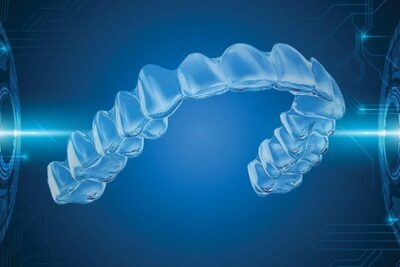3D PRINTERS ARE REAL – NO GOGGLES NEEDED!
Advances in digital technology have greatly transformed our everyday lives bringing everything within the reach of our fingertips. Healthcare industry has also seen sweeping changes such as digitization of health records, virtual patient visits, high-resolution digital imaging, etc. Dentistry is no exception with notable influences of the digital revolution seen in the form of CAD/CAM assisted crowns/bridges, digitally-assisted treatment planning for implant surgery/restorations, caries diagnosis tools such as digital radiography, digital imaging of fibre-optic trans-illumination, optical coherence tomography, laser fluorescence, etc. These advances have not only improved the quality of dental care but also increased the efficiency and predictability of procedures.

3D PRINTERS ARE THE FUTURE
It’s long been thought that using traditional moulds to create direct impressions is the best method to create plastic retainers, braces and mouthguards. However, 3D scanners are helping dentists create even more accurate moulds that produce better patient results.
Three-dimensional printers use digital scans to create models eliminating the potential for ripples and improving patient comfort. Given the greater accuracy, devices created by three-dimensional printers are likely to result in a better fit.

WHAT ARE DIGITAL PRINTERS AND HOW DO THEY WORK?
Dental 3D printers feature lights or laser that polymerize a liquid or fuse a powder with the computer-guided precision required to produce small objects with intricate details. They are capable of producing models, parts and even complete restorations out of a range of materials.
So why are more dentists using 3D printers?
- Consistent quality – A 3D printer working with intra-oral scanners and CAD/CAM software leaves little room for human error.
- Speed – Highly automated digital dentistry systems offer considerable throughput with no loss of quality.
- Patient’s satisfaction – Quality 3D printers can work with microscopic precision using biocompatible materials
- Automation – A 3D printer is less labour intensive than traditional dental modelling techniques.




